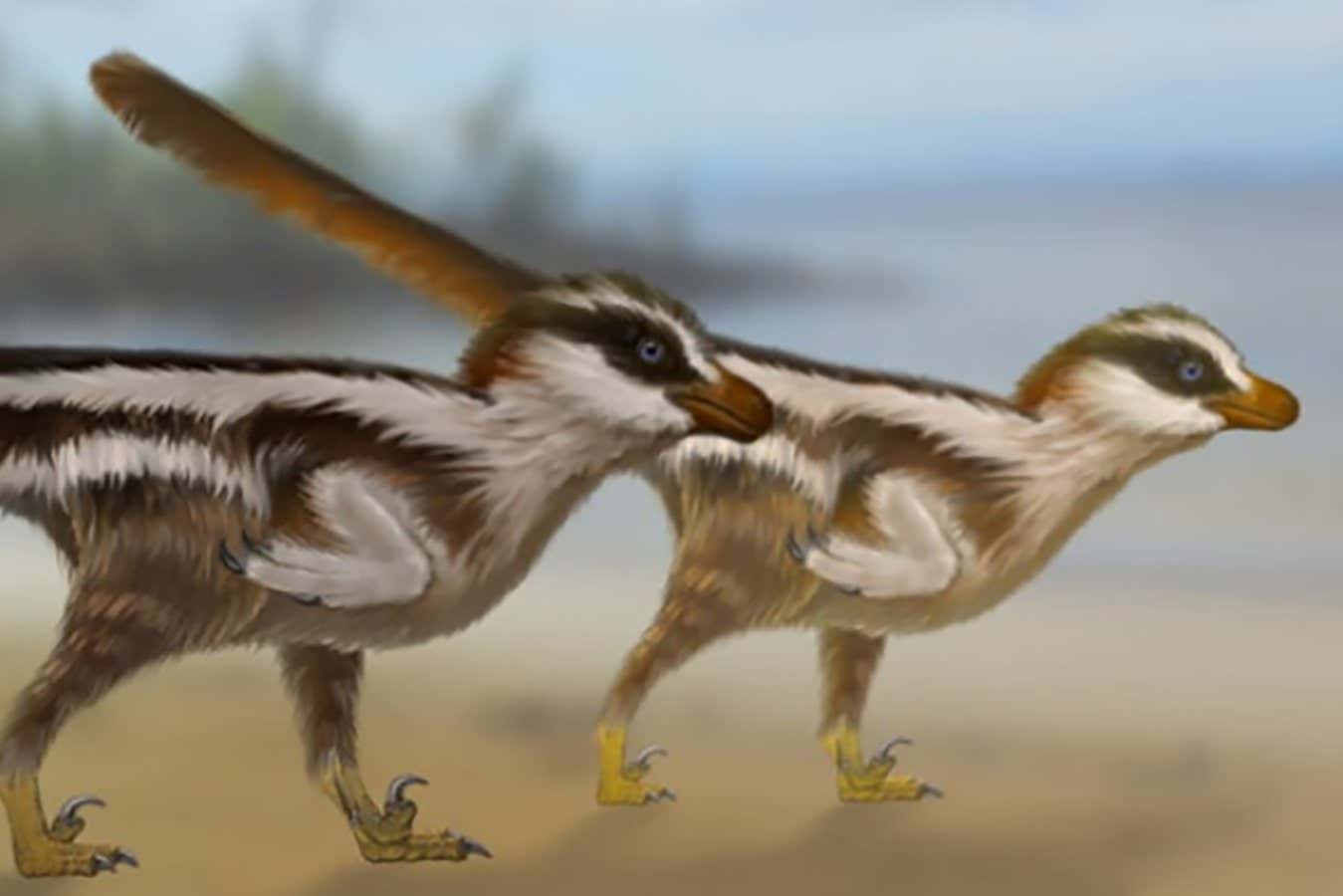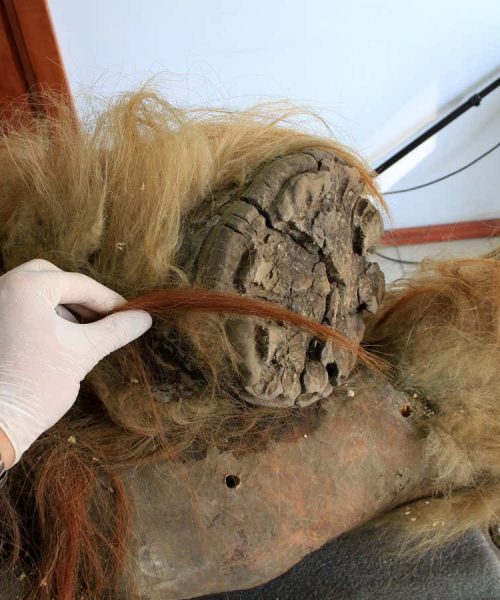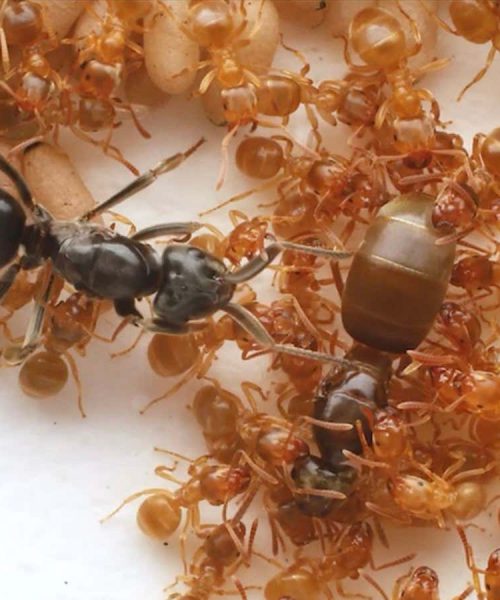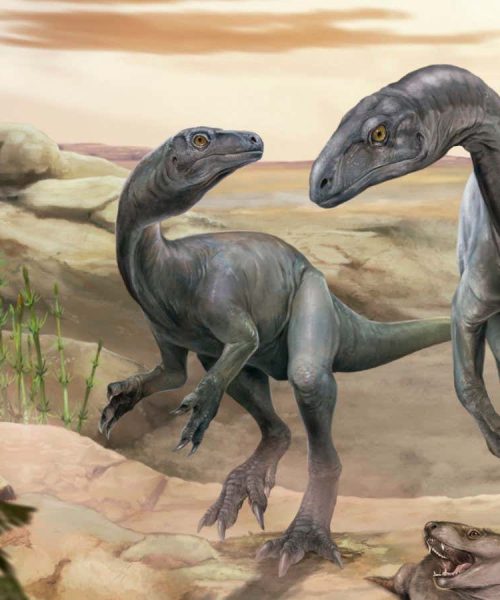
Scientists studied the tracks of a sparrow-sized raptor called Dromaeosauriformipes rarus
Dffdfdfdhmkt gmkgmtfkfgmgmgggg (CC BY-SA)
Tiny tracks in South Korea symbolise a moment 120 million years ago when a dinosaur took advantage of its wings to cover ground in large leaps – the oldest track evidence of wing-assisted movement in these extinct animals.
Whether the creature, which was a raptor and not part of the lineage that led to birds, took full flight is uncertain. But the tracks support previous ideas that aerodynamics evolved multiple times across prehistoric lines, says Alexander Dececchi at Dakota State University in South Dakota.
Advertisement
“It’s pretty rare to find these kinds of [pre-flight] tracks, and then to find them in an animal that’s not even a bird – that’s pretty special,” he says.
Velociraptors and other raptors (dromaeosaurids) are the ancestors of modern birds, but their lineage split into avian and non-avian, or “paravian”, lines about 170 million years ago. Despite having feathers and wings, paravian dinosaurs generally seemed to lack the wingspan needed to offset their body weight, says team member Michael Pittman at the Chinese University of Hong Kong.
But Pittman, Dececchi and their colleagues suspected that some paravian dinosaurs could fly, or at least glide, before full flight evolved in birds, based on muscles in their upper bodies. That suspicion grew stronger as they investigated more than 2600 rows of dinosaur tracks around the world.
One set of tracks, discovered during the construction of a shopping centre in south-eastern South Korea, showed surprisingly long spacing between steps made by a sparrow-sized raptor called Dromaeosauriformipes rarus.
Considering its relative leg length, its stride was three times as long as that of an ostrich and nearly twice as long as that of a kangaroo rat. “I had this eureka moment: could it have been doing something other than running?” says Pittman.
Further calculations and comparisons with fossil anatomy suggested he was right: the animal could not have made that stride with its legs alone. It was clearly flapping or gliding, possibly while launching or landing, says Pittman.
“I think the vast majority of feathered dinosaurs were probably doing what this guy was doing – using the wings to augment running, jumping, braking and turning,” says Pittman.
“This is really a mosaic kind of evolution, when it comes to wings and flying,” says Romain Pintore at the French National Museum of Natural History in Paris. “It’s not a matter of, ‘you don’t have it’ and then ‘you have it’. We really have to zoom out a little further to see how some characteristics evolved in their own path, without becoming a bird.”
Topics:





